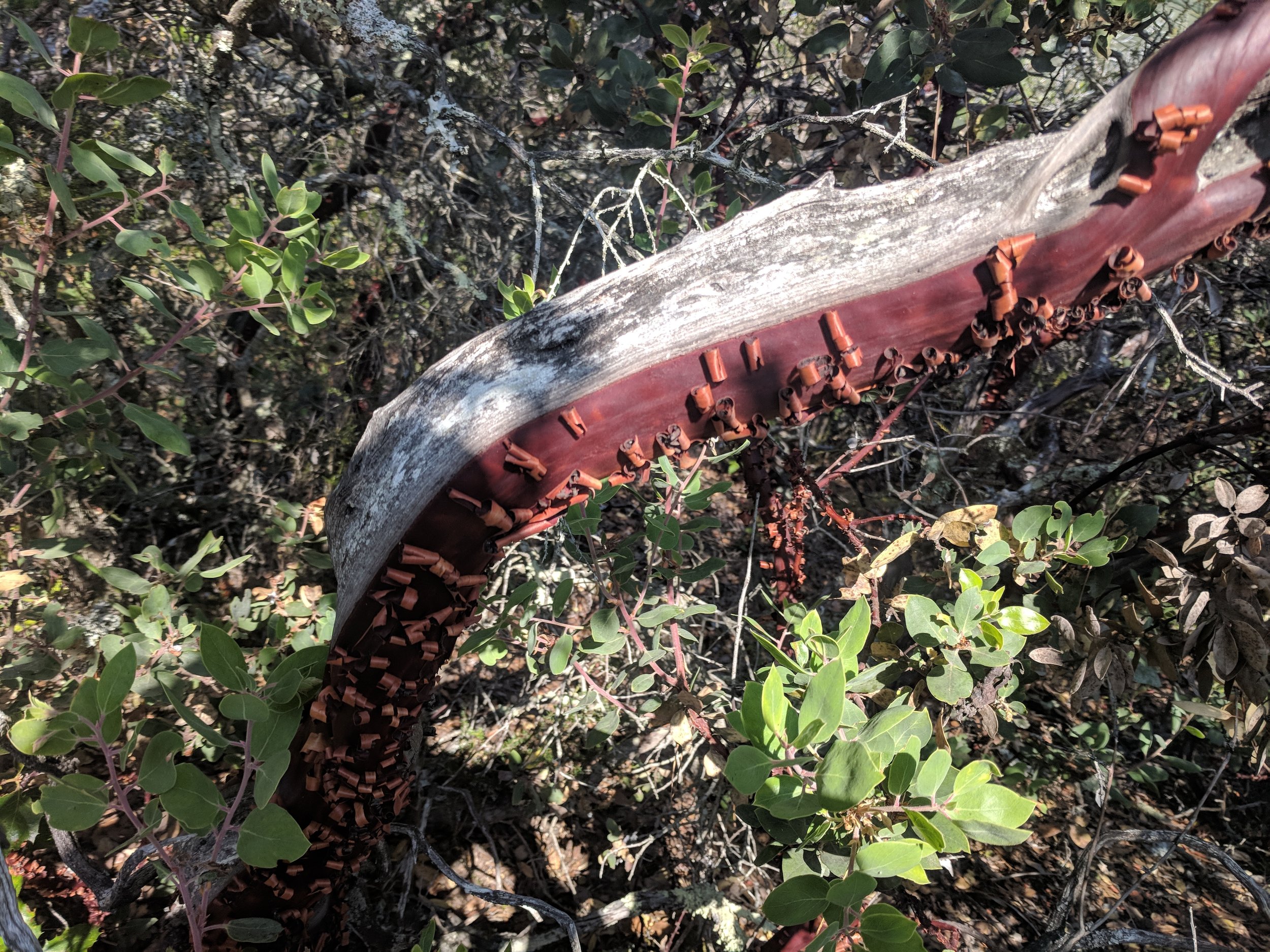Channel Island Manzanita (Arctostaphylos bakeri), also known as Baker's Manzanita, is a rare and endangered shrub species native to the Channel Islands off the coast of Southern California. It belongs to the family Ericaceae and is known for its unique adaptations to its island habitat and its importance as a food source for wildlife.
Description: Channel Island Manzanita is a small evergreen shrub that grows up to 5 meters in height. It has shiny, dark green leaves that are oval-shaped and up to 5 centimeters long. Its flowers are small and white, and they bloom in clusters in the late winter or early spring. The plant produces small, red berries that are a food source for many island animals, including the island fox and various bird species.
Habitat and Distribution: Channel Island Manzanita is endemic to the Channel Islands, specifically Santa Rosa Island and Santa Cruz Island. It is adapted to the unique island environment, including the island's dry climate and nutrient-poor soils. It is typically found in coastal sage scrub and chaparral habitats and is an important part of the island's ecosystem.
Conservation Status: Channel Island Manzanita is listed as endangered under the Endangered Species Act due to its limited distribution and small population size. It faces numerous threats, including habitat destruction from development and grazing by non-native animals such as feral pigs and deer. Conservation efforts are currently underway to protect the species and its habitat, including restoration projects and the removal of non-native animals from the islands.
Cultural Significance: Channel Island Manzanita has cultural significance for the Chumash people, who are indigenous to the Channel Islands. The plant was traditionally used for medicinal purposes and for making tools and utensils. The Chumash also used the plant as a food source, both for its berries and for its nectar, which was used to make a traditional drink called "miw", which is still consumed today as part of Chumash cultural events.

